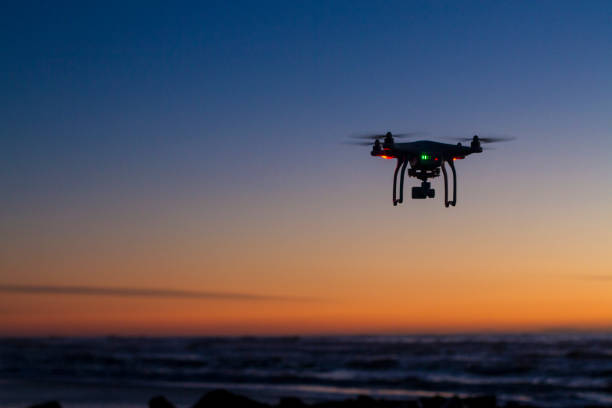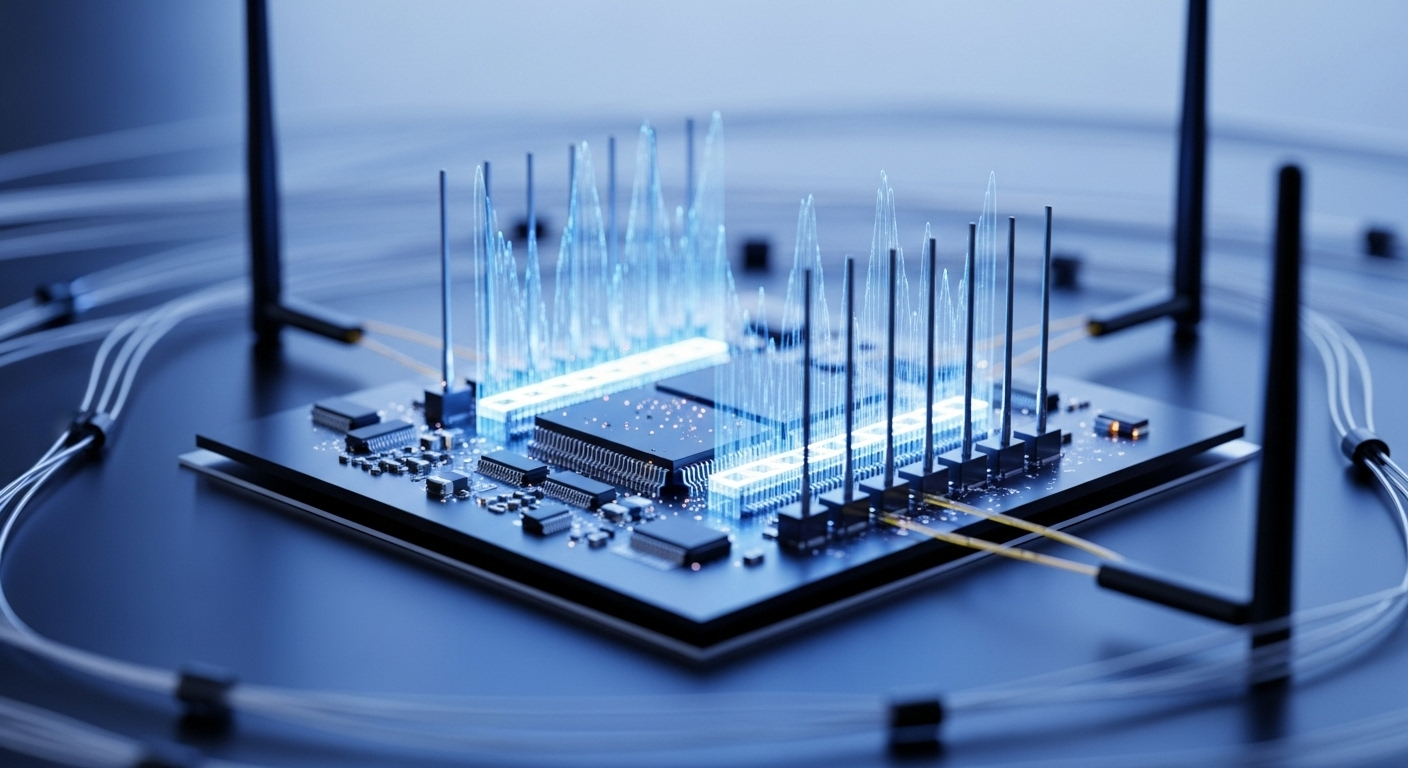Unleashing the Potential of Telecommunication Drones: How They're Reshaping Connectivity
In the fast-paced world of telecommunications, innovations are continually unfolding. One such innovation that hasn't received as much attention as it deserves is the use of drones in the telecom industry. Aerial technology has started reshaping connectivity in ways that were unimaginable just a few years ago. This article delves into the rise of telecommunication drones, their impact, and the challenges they pose.

An Overview of Telecommunication Drones
The idea of using drones for telecom services is a relatively new concept. It was initially explored about a decade ago, primarily for disaster recovery and remote connectivity. However, with the advancement in technology, the application of drones in the telecom industry has expanded significantly. They are now being seen as a potential solution for network expansion, infrastructure inspection, and even delivering internet connectivity.
Current Industry Trends and Regulatory Changes
The telecom drone market is witnessing a surge in recent years. Companies are exploring the use of drones to provide temporary network coverage during events or in disaster-stricken areas. However, this trend also attracts regulatory scrutiny. Federal Aviation Administration (FAA) in the U.S. and similar bodies worldwide are closely monitoring drone operations, introducing regulations to ensure safety and privacy.
The Impact and Challenges of Telecom Drones
While drones present a novel solution for connectivity issues, they also come with their set of challenges. These include technical issues such as battery life and signal interference, legal concerns around airspace rights, and privacy issues. However, if these challenges are addressed, drones could significantly impact the telecom industry by offering a cost-effective solution for network expansion and infrastructure management.
Practical Applications of Telecom Drones
Telecom drones have several practical applications. They can be used for quick network restoration after natural disasters, temporary network coverage for events, and infrastructure inspection. They can also deliver internet connectivity to remote areas, a service that would be otherwise difficult and expensive to provide.
The Future of Telecommunication Drones
Despite the challenges, the future of telecommunication drones looks promising. With continued technological advancements, drones could become a common sight in the telecom industry. They are poised to play a significant role in network expansion and management, potentially changing the connectivity landscape as we know it.
In conclusion, while still in the early stages, telecommunication drones hold significant potential. They could revolutionize the telecom industry, providing cost-effective and innovative solutions for connectivity. However, for this potential to be fully realized, technical and regulatory challenges need to be addressed. Nevertheless, the rise of telecommunication drones is a trend worth watching in the ever-evolving telecom industry.




